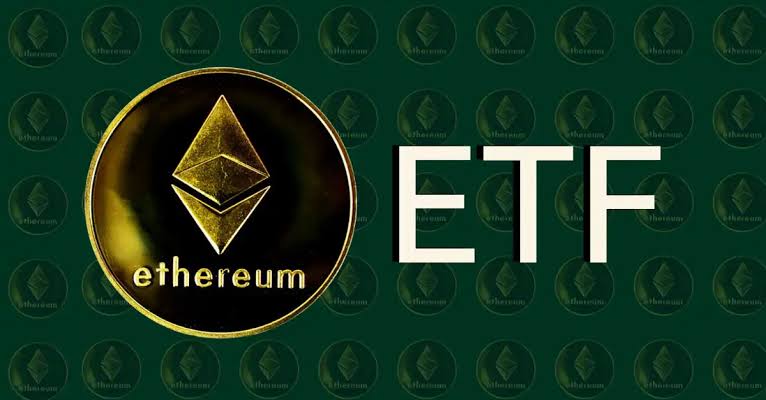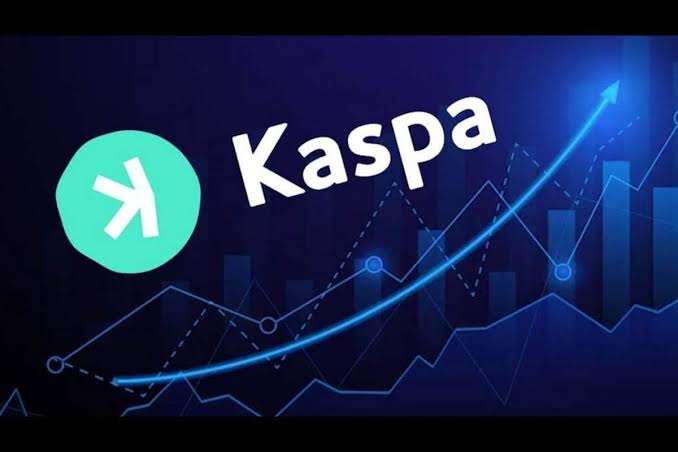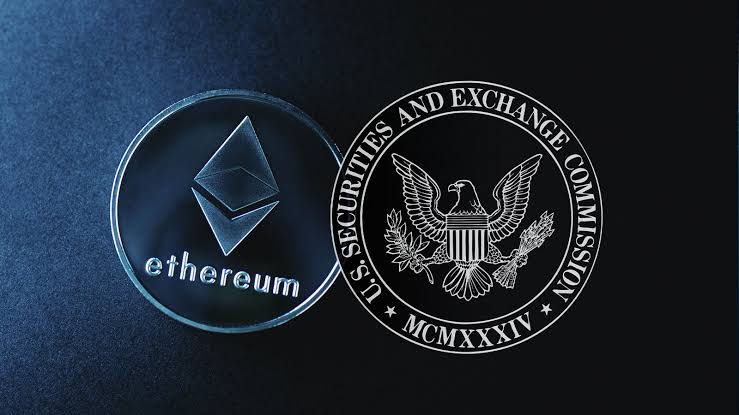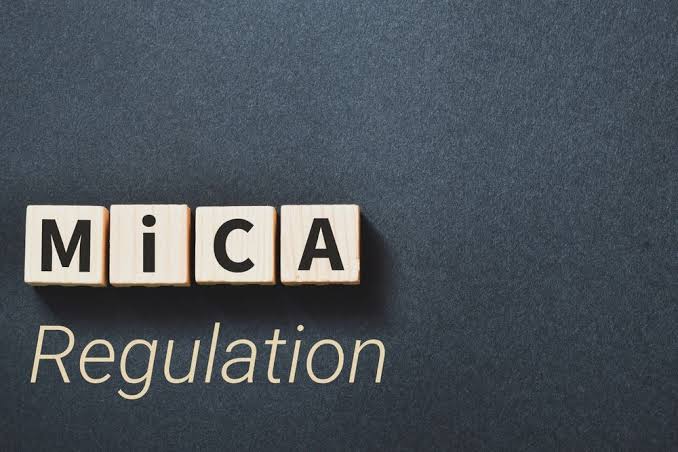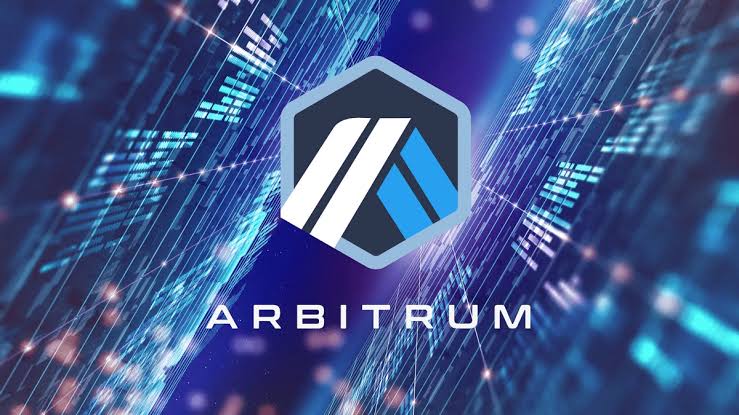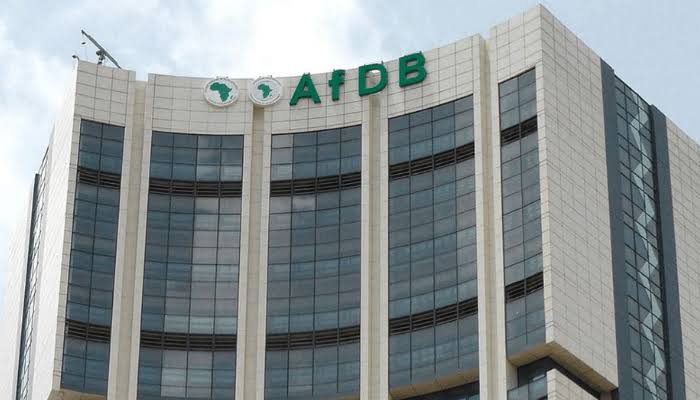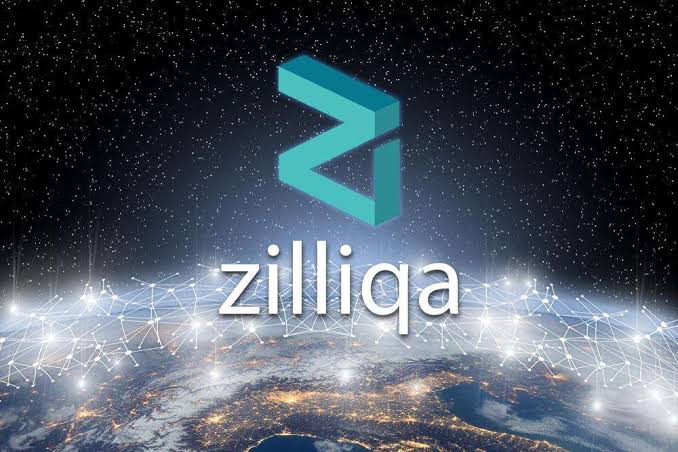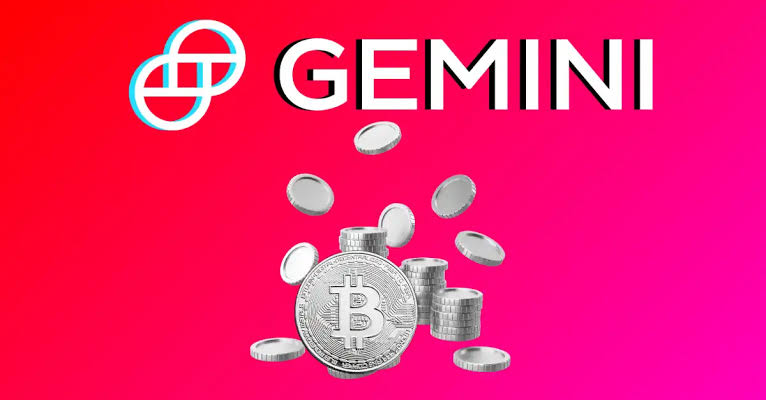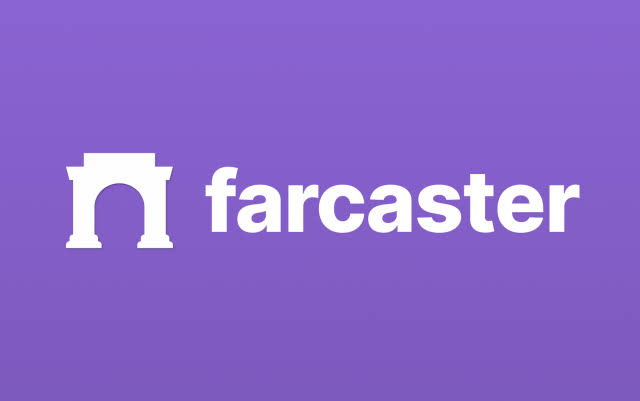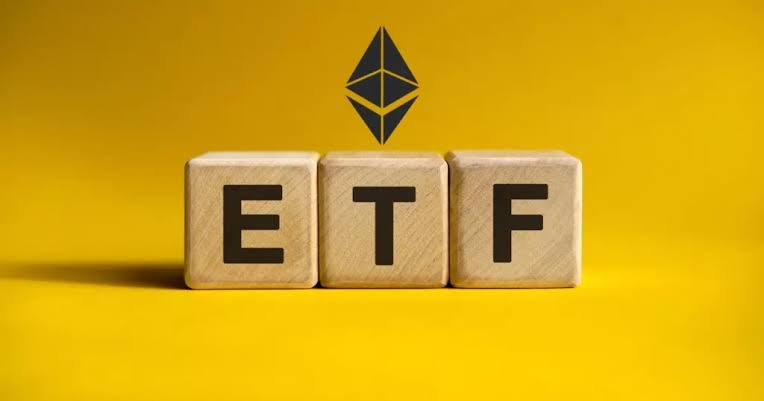Launch of Spot Ethereum ETF postponed due to SEC remarks
The United States Securities and Exchange Commission (SEC) has postponed the introduction of spot Ether exchange-traded funds (ETFs) in the United States, which many had anticipated to happen as early as July 2. The debut has been pushed back to mid-July or later, according to Bloomberg ETF analysts Eric Balchunas and James Seyffart. This is because the SEC has taken longer than expected to return the S-1 forms that potential spot Ether ETF issuers submitted. After reviewing the S-1 forms, the SEC asked for revisions by July 8. This revised schedule, according to Balchunas, might push out the release of the spot Ethereum ETFs until mid-to late July. Nate Geraci, president of ETF Store, stated that the most recent batch of S-1 changes was comparatively small and projected that the SEC will approve issuers for trade in a span of 14–21 days. While the precise schedule is yet unknown, the SEC has hinted at a possible summer rollout. Earlier in June, Balchunas predicted an early July ETF launch window based on a lack of significant commentary from SEC staff on the ETF applicants’ S-1 filings. The second step in the two-step process needed for the ETFs to become live is the approval of the S-1 forms. The issuers’ 19b-4 forms were approved in May, which was the first step. On May 23, the SEC accepted eight ETF bidders’ 19b-4 submissions. The S-1 forms, in contrast to the 19b-4 forms, are subject to the SEC’s review and approval timetable rather than having a set date. The clearance procedure for spot Ether ETFs is moving along without hiccups, according to SEC Chair Gary Gensler’s confirmation on June 26. Major issuers including Invesco, VanEck, iShares, Franklin Templeton, Grayscale, BlackRock, Fidelity, and 21Shares are now able to participate in the process thanks to a regulation change authorized by the SEC. Issuers like VanEck have also submitted 8-A documents in anticipation of listing on exchanges by July 8. On the other hand, Gensler asserted that it might take many months and possibly even until September for spot Ether ETFs to be listed on stock exchanges. Gensler stated that the applicants bear full responsibility for the Ether ETF listings and that the entire process hinges on their response timelines.


